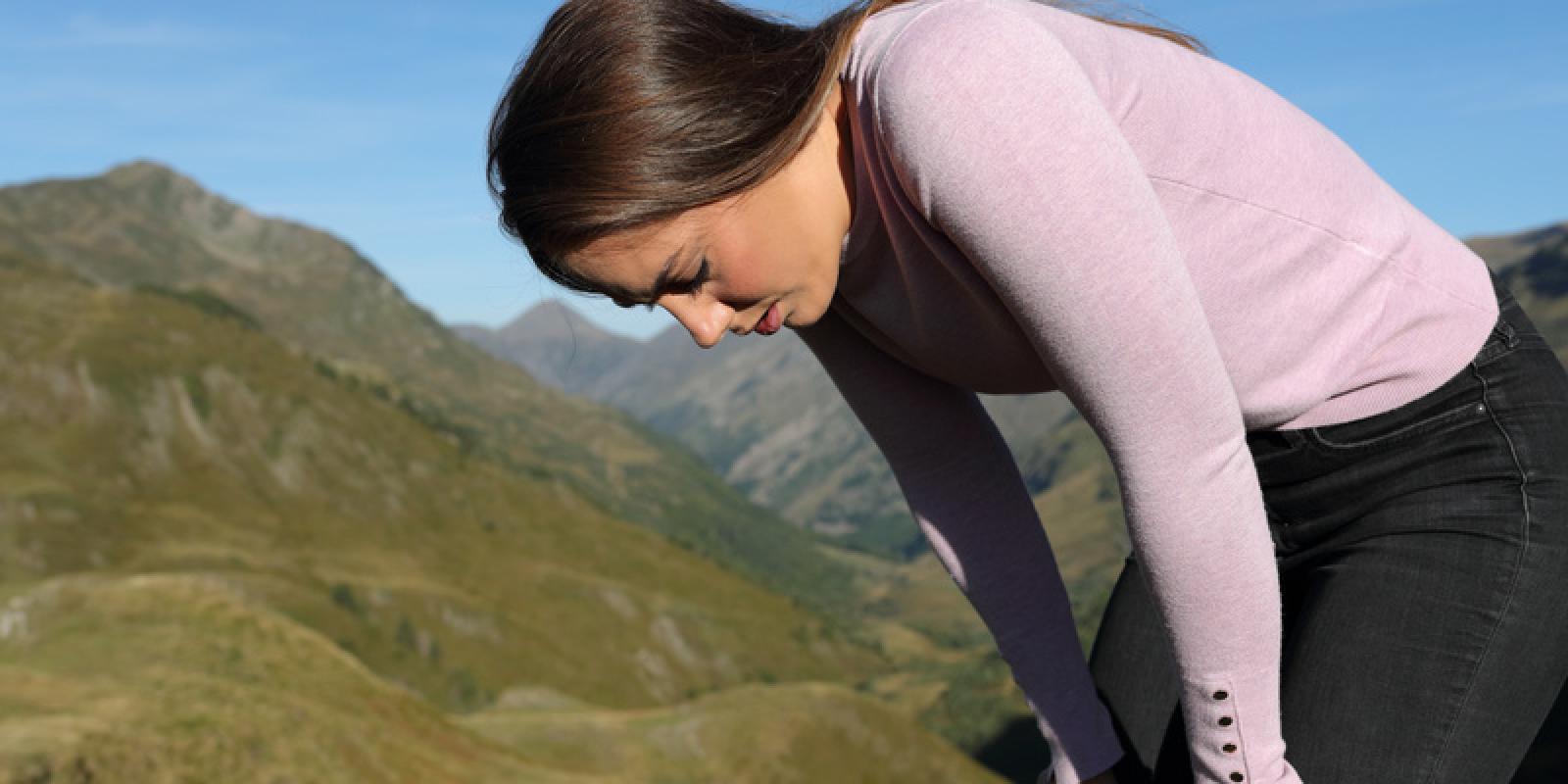This is an in-depth assessment of the current evidence for acupuncture for breathlessness in cancer. Follow the links for other information regarding acupuncture for cancer:
No systematic reviews have focused specifically on acupuncture for breathlessness due to cancer but either included breathlessness due to other disease states (van Trott 2020) or assessed acupuncture for breathlessness in cancer alongside other interventions (e.g. Dy 2020). Few trials have been carried out and the findings of systematic reviews are based on one or more of these trials. Two randomised controlled trials (RCT) of acupuncture (Minchom 2016, Vickers 2005), an RCT of acupressure (Dogan 2020) and a small randomised pilot study of acupressure (Strong 2016) are available.
Description of included RCTs of acupuncture
One RCT involved the treatment of 47 patients suffering from advanced breast or lung cancer and breathlessness (American Thoracic Society Breathlessness score 2 or higher) (Vickers 2005). They received a single session of real or sham acupuncture (needling at non-specific points) in addition to standard drug treatments. Semi-permanent studs were subsequently inserted for twice daily self-treatments. Follow-up was one week. Forty-five patients were followed up using a 0-10 breathless scale.
The results show a slight but not statistically significant advantage in terms of symptomatic relief for the real acupuncture group. The authors concluded that the acupuncture technique used in this trial is unlikely to have effects on dyspnoea (breathlessness) 'importantly larger than placebo' for patients with advanced cancer. The methodology including allocation and blinding was rigorous.
In a subsequent RCT, acupuncture was compared with morphine and with acupuncture combined with morphine (Minchom 2016). The 173 patients treated were suffering from breathlessness associated with advanced non-small cell lung cancer and mesothelioma. Acupuncture treatment included semi-permanent intrastuds for massaging when symptomatic. Response was based on patients achieving >1.5 improvement in VAS dyspnoea at 4 h. This was achieved in 74%, 60% and 66% of patients treated with acupuncture, morphine and the combination respectively. No statistically significant difference in overall response was observed between the 3 groups. The groups were similar at baseline but the trial was slightly underpowered to detect a difference in effects. Details of the randomisation process are limited (e.g. who carried allocation out) and blinding was not feasible due to the type of interventions. Fewer patients, however, treated with acupuncture required at least one morphine dose (p<0.0001) and acupuncture was linked with less adverse effects than morphine. Acupuncture also had an anxiolytic effect in this situation as suggested in a subsequent conference abstract of this study (Minchom 2017).
Description of included RCTs of acupressure
Auricular acupressure involving application of Vaccaria segetalis (a small seed) to the ear, was assessed in a small 3-arm randomised pilot study (Strong 2016). Advanced lung cancer patients were randomised to standard care plus auricular acupressure at non-specific points, to acupressure at points considered specific to lung function plus standard care, or to standard care alone. The Cancer Dyspnea Scale and oxygen saturation were used to assess effects. Significant effects were reported but, as only 11 patients in total were involved and blinding could not be fully achieved, these results are preliminary and need further confirmation.
An RCT conducted in a university hospital in Turkey compared acupressure to usual care in 60 patients with advanced lung cancer (Dogan, 2020). Acupressure was applied twice daily for 4 weeks by patients after an initial instruction session. A statistically significant between group difference was reported in median breathlessness scores, both before a 6 minute walking test (p=0.004) and after a 6 minute walking test (p=0.018). It is unclear if the difference was clinically relevant. Trial methods were rigorous but acupressure was self-administered and blinding was not possible.
References
RCTs:
Doğan N, Taşcı S. The Effects of Acupressure on Quality of Life and Dyspnea in Lung Cancer: A Randomized, Controlled Trial. Alternative therapies in health and medicine. 2020;26(1):49-56.
Dy SM, Gupta A, Waldfogel JM, Sharma R, Zhang A, Feliciano JL, et al. AHRQ Comparative Effectiveness Reviews. Interventions for Breathlessness in Patients With Advanced Cancer. Rockville (MD): Agency for Healthcare Research and Quality (US); 2020.
Minchom A, Punwani R, Filshie J, Bhosle J, Nimako K, Myerson J, et al. A randomised study comparing the effectiveness of acupuncture or morphine versus the combination for the relief of dyspnoea in patients with advanced non-small cell lung cancer and mesothelioma. Eur J Cancer 2016; 61:102-10pp.
Strong RA, Georges JM, Connelly CD. Pilot Evaluation of Auricular Acupressure in End-Stage Lung Cancer Patients. Journal of palliative medicine. 2016;19(5):556-8.
Trott P von, Oei SL, Ramsenthaler C. Acupuncture for Breathlessness in Advanced Diseases: A Systematic Review and Meta-analysis. Journal of pain and symptom management. 2020;59(2):327-38.e3.
Vickers AJ, Feinstein MB, Deng GE et al. Acupuncture for dyspnea in advanced cancer: a randomized, placebo-controlled pilot trial. BMC Palliat Care 2005; 4: 5.
Photo: Mostphotos.com
